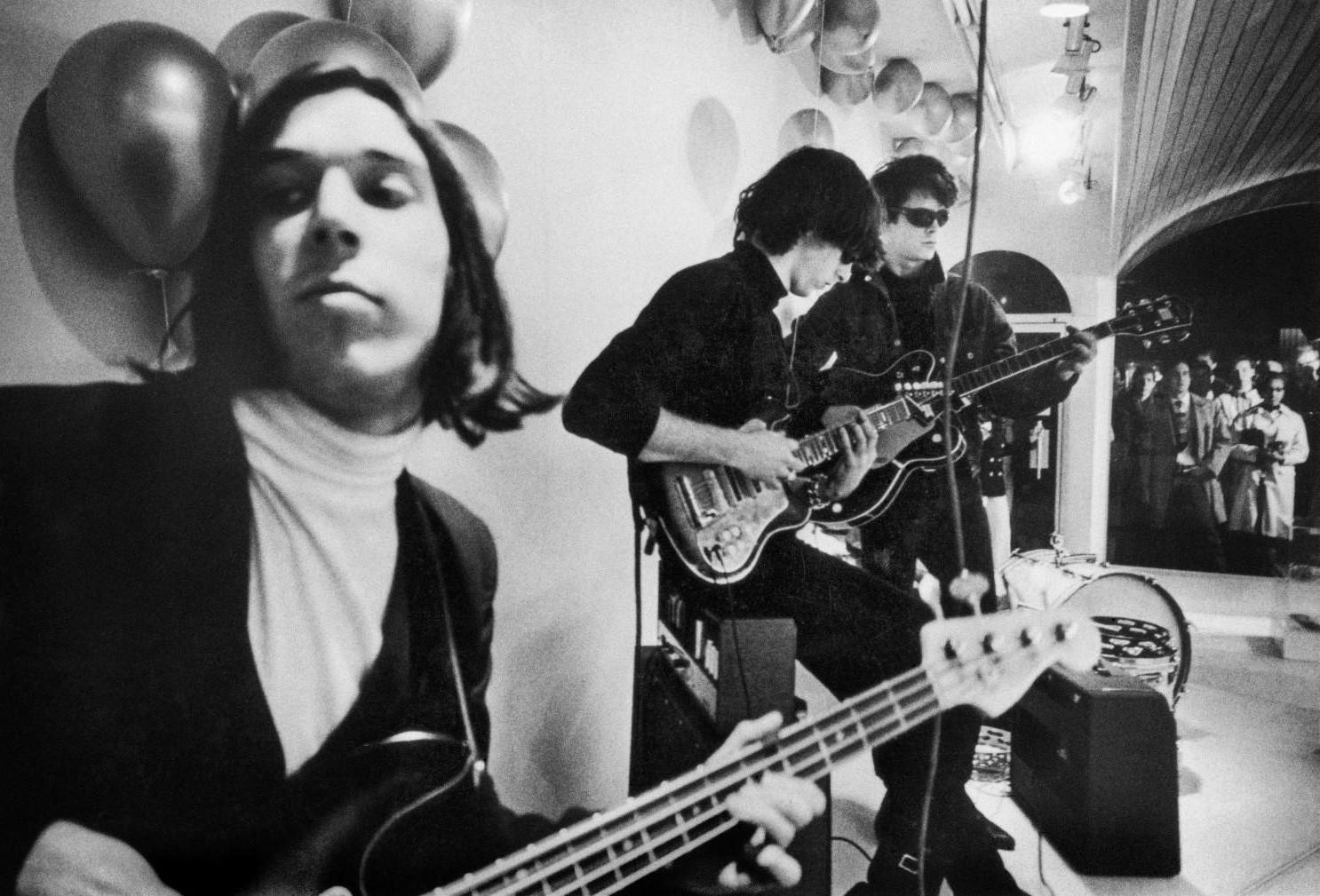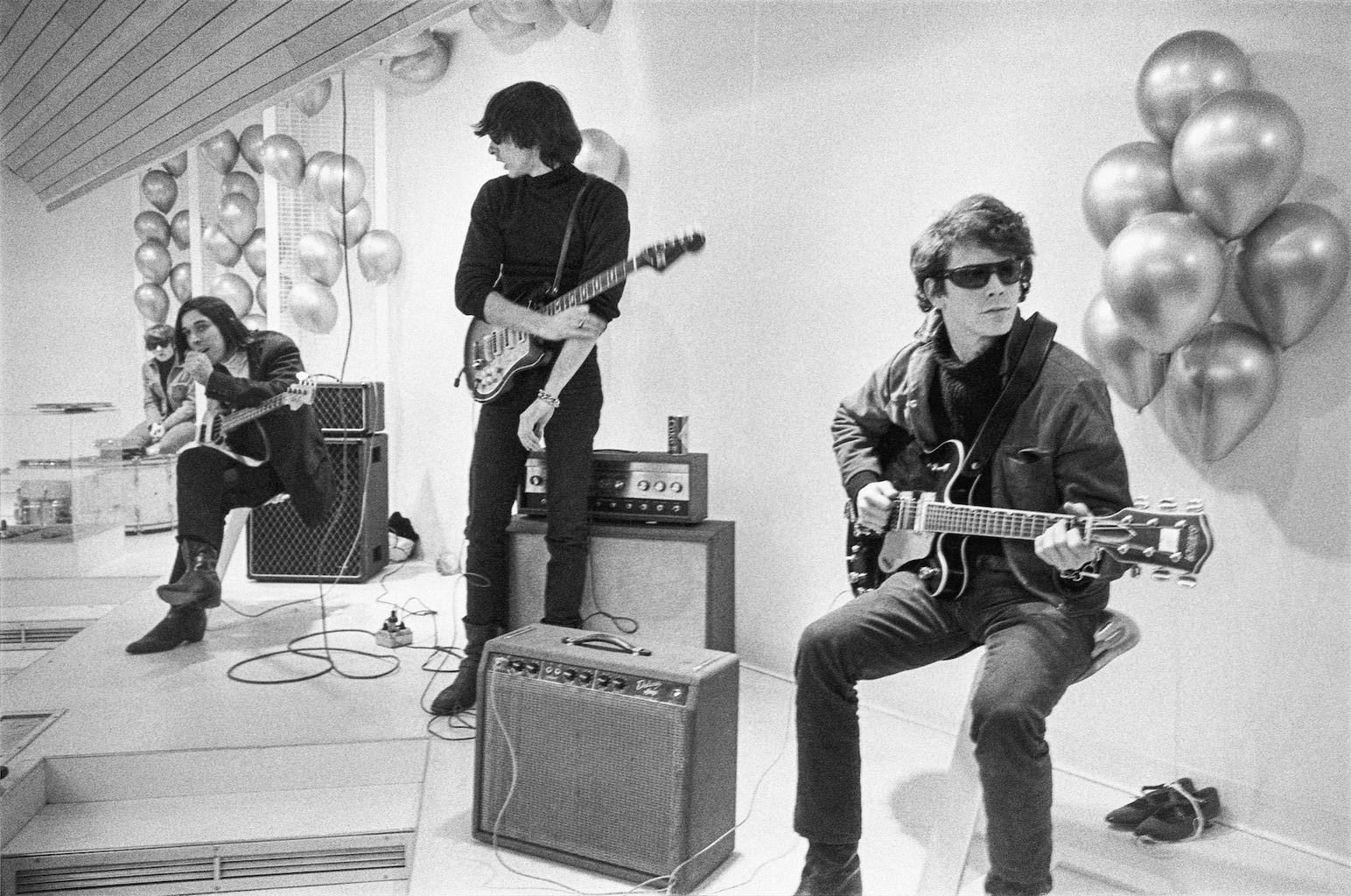
The Velvet Underground Review Movie
The Velvet Underground Review
Todd Haynes is perhaps the ideal filmmaker to record the short and bizarre AF moments from The Velvet Underground. The band is not just Haynes"music dramas" Velvet Goldmine and I'm Not There are set in the same period Lou Reed's group operated in, but Haynes and band are also united in their sense of being marginalised artists who are constantly pushing the envelope in new ways. With many of the most prominent performers no longer around, Haynes still creates an expansive, absorbing picture of one of the the most influential and innovative artists. While it isn't as sharp in its crucial edge is made up in creativity and an understanding of the larger image.

Based on Haynes his experimentation with his CV and the design that he created in The Velvet Underground cleaves surprisingly close to rock-doc conventions (how they came together, the triumph, and the disbanding). However, Haynes' M.O. isn't simple. Drawing inspiration (and footage) from avant-garde filmmakers from the 1960s, Haynes employs an almost always-present split-screen technique -the kind that De Palma would be green with jealousy — juxtaposing interview footage with ads photos, newsreel, as well as footage from the group. This was made possible by the continual presence of a camera that documented the happenings in The Factory, Andy Warhol's creative hothouse (the archives research is extensive). While the film is an image of a group but it also reveals the entire '60s scene. The Velvet Underground not only captures the time but appears to be a product of it.
Through the impressionist approach tracks that are biographical are very clear, Haynes deep-diving into the diverse backgrounds of the the founding group members Lou Reed and John Cale without flinching from the dark. Reed was born into a filthy suburban background, suffering with depression in his childhood as well as undergoing electroconvulsive treatment (which his sister has denied was to counter his homosexuality) and then developing degrading opinions of sexuality. Cale was born in an isolated Welsh mining town, was not permitted to talk in English until the age of seven, and was abused in the presence of Anglican priests. The two odd couples (Reeves wanted to be a rock star, Reed would like to become a rock star, Cale an experimentalist met in an Lower East Side loft (where else? ) The songwriting of Reed was informed by Cale's improvisational talent and the music was can be described to be "the the drones that is the sound of Western civilization".
As the action shifts to Andy Warhol and The Factory, Haynes really puts you in the scene. It's in this scene that German guest singer Nico appears in the film and, much to the annoyance of Reed. sparkles brightly before leaving. Reed's erratic behavior throughout -for instance, he once punched through a glass window to escape from an event on a riverboatis what gives the film its energy; however, so far as Haynes the film is concerned, when he fires Cale it signals the beginning of the final chapter.
Haynes isn't spending long analyzing the music. Jonathan Richman of the Modern Lovers analyzes the recording process in a stripped-back manner and there's not much to show that there are dissenting voices. In this way, The Velvet Underground works best as a time-capsule and it gives the impression of rebellious artists. Haynes created a profession by praising fictional outcasts. So it's not surprising that Haynes is just as good as the real deal.

